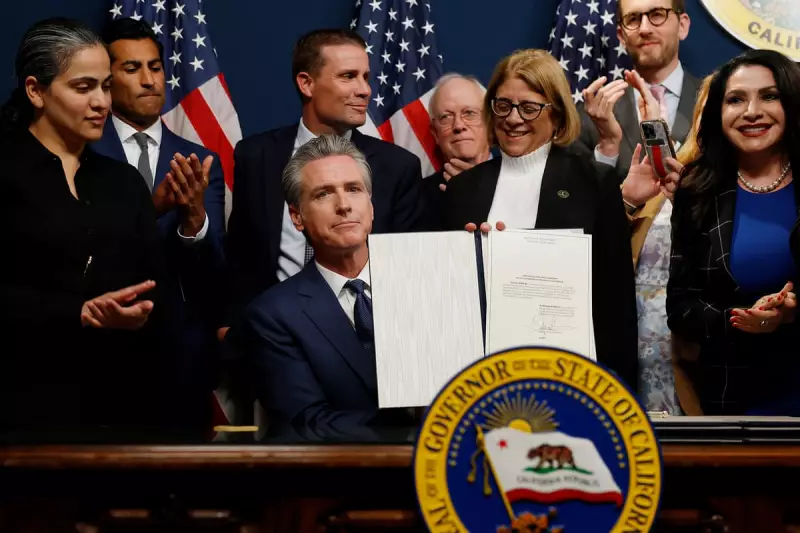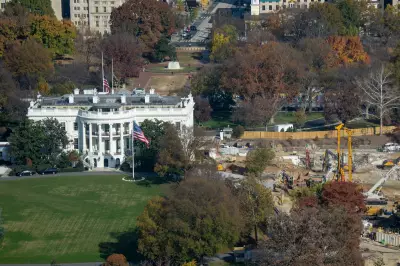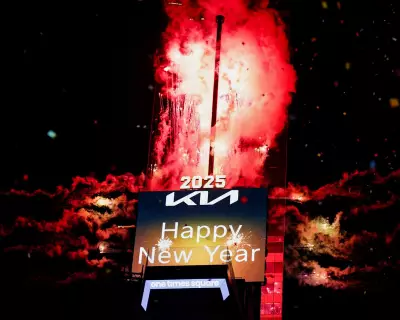
A profound political crisis is unfolding in California that threatens to throw the state's 2026 elections into chaos and could leave millions of voters without proper representation.
At the heart of the matter is a complete breakdown in California's once-praised redistricting process. The independent Citizens Redistricting Commission, created to take partisan politics out of map-drawing, has failed spectacularly in its duty to produce a valid congressional district map.
The Constitutional Clock is Ticking
California faces an alarming constitutional deadline. If no new map is approved by December 31st, the state will be forced to revert to district boundaries that are over a decade old – boundaries that no longer reflect California's significant demographic changes and population shifts.
The implications are staggering: nearly 6 million new residents who have moved to the state since the last census would find themselves in congressional districts that bear no relation to their communities or current population distribution.
How Did California Reach This Crisis Point?
The 14-member commission, designed to be balanced between Democrats, Republicans, and independents, has descended into political gridlock. Despite multiple extensions and intense negotiations, the panel remains hopelessly deadlocked along partisan lines.
Commission officials have described a process completely broken down, with members unable to reach the required supermajority consensus on any proposed map. The ideological divides have proven too deep to bridge, even with the state's highest stakes hanging in the balance.
The Domino Effect on Democracy
This failure creates a cascade of potential problems:
- Mass voter confusion as boundaries potentially shift multiple times
- Legal challenges that could tie up election planning in courts
- Campaign chaos for candidates unsure which districts they'll be running in
- Representation gaps for communities that have grown significantly since 2010
Election officials across the state are watching with growing alarm as the window for orderly preparation for the 2026 elections rapidly closes.
What Happens Next?
If the commission cannot break its deadlock by year's end, the matter will fall to the California Supreme Court. The court would then have the unenviable task of appointing a special master to draw the maps – taking the process completely out of the hands of the independent commission specifically created for this purpose.
This would represent a stunning failure for a system that was once hailed as a national model for non-partisan redistricting. California now serves as a cautionary tale about how even the most carefully designed systems can fall victim to the intense polarization of modern politics.
The coming weeks will determine whether California can rescue its redistricting process or whether the state will face an election conducted using boundaries that fail to represent its current population – a fundamental breakdown in the democratic process.





